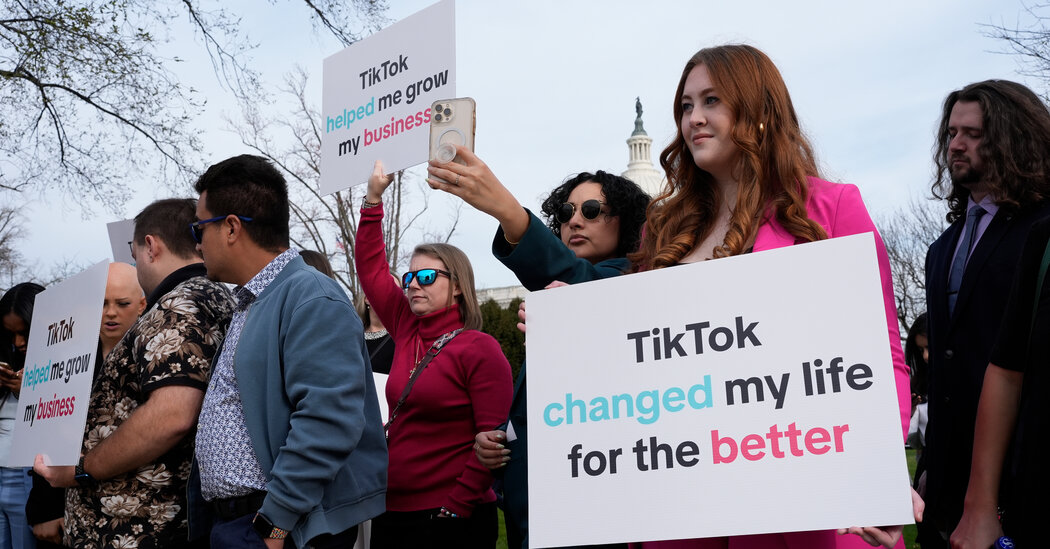from the do-not-pass-go,-do-not-collect-$200 dept
We’ve noted for decades how the U.S. broadband sector is a mess thanks to corruption and unchecked monopoly power working tirelessly to undermine U.S. telecom competition. The result is high prices, spotty access, slow speeds, and comically terrible customer service. Another way to put it is market failure. Caused by regulatory capture.
In direct response, more than 778 U.S. towns and cities nationwide have built more than 450 community-run broadband networks. More often than not these networks provide faster, cheaper, better service to locals, and given they’re staffed by locals — see more direct accountability among local residents (it’s hard to avoid public scrutiny when you shop at the same Walmart).
Telecom giants like AT&T, Charter, and Comcast don’t much like that for obvious reasons. Instead of focusing on improving service and pleasing consumers, they’ve taken to doing things like ghost writing shitty state laws that ban community broadband. Or creating fake consumer groups designed to mislead locals about community broadband. Or lobbying Republicans for a federal ban on community broadband.
Another favorite tactic of the industry is to throw some money at a “free market” Libertarian think tank in exchange for pseudo-science pretending that whatever they disagree with (merger regulatory review, consumer protections, community broadband) is secretly very bad.
Enter the telecom industry funded Information Technology and Innovation Foundation (ITIF), which has published a new paper claiming that popular community broadband networks simply aren’t fair. Right off the bat, the paper platters several incorrect or misleading claims simultaneously:
“In most cases, local governments have neither the competence nor the economies of scale to deliver broadband as well as private ISPs. So, favoring government-owned networks wastes societal resources, creates unfair competition, and is frequently unsustainable in the long run.”
Community broadband is like any other business model: it requires competent leaders and a competent plan, so yes, in that sense sometimes municipalities or cooperatives lack the competency to accomplish their goals, just like say, Comcast. Nobody claims municipal broadband is magic. Doing it properly requires brains, solid leadership, and years of competent planning.
And yes, some municipalities lack the economies of scale to deploy public fiber, which is why in places like Vermont, several municipalities now often bond together to form Communications Utilities Districts (CUDs), which gives them the combined leverage to accomplish deployments they might not have otherwise been capable of alone.
As for “creating unfair competition,” that’s amusing, given that telecom giants spend an estimated $320,000 a day lobbying the government to encourage consolidation and crush competition, stifling innovation and jacking up prices for everyone. Curious how you don’t see a think tank dedicated to “innovation” writing long papers about that. Wonder why that is?
As for municipal broadband not being sustainable, that might be a surprise to the entire state of North Dakota, where fiber cooperatives have delivered affordable fiber access since the early 00s. Or the numerous, award winning municipal broadband operations in places like Chattanooga Tennessee, much of Utah, and vast swaths of Colorado — all delivering cheap gigabit fiber incumbents failed to provide.
The ITIF report itself acknowledges that the sample size they used to measure community broadband (20 out of 700) was “too small for the data to represent all U.S. [government-owned broadband networks] reliably.” But of course they weren’t actually interested in measuring community broadband’s impact reliably.
Gigi Sohn, now the Executive Director of a group that advocates for community broadband access, didn’t have much nice to say about the ITIF’s latest study. She notes how it’s curious that the organization ignores that the existing U.S. telecom market — a smattering of unpopular monopolies propped up by vast state and federal corruption — doesn’t constitute anything close to a “fair” or competitive market:
“ITIF conveniently forgets that big cable and telecom companies have benefitted to the tune of tens of billions of dollars from federal and state coffers and from the benefits of the use of local rights of way. Those same companies collected billions of federal dollars from the Affordable Broadband Program and are lining up for Broadband Equity Access and Deployment (BEAD) funds as well. To suggest that incumbent ISPs somehow operate in a purely private “market-driven” world is to ignore reality.”
Big ISPs like AT&T and Comcast can’t come out on their own and criticize community broadband, because such networks see vast, bipartisan support. They’d be laughed out of the room. So instead they like to funnel their anti-competitive angst through proxy organizations that pretend to be objective academic enterprises.
Again, if the U.S. telecom industry was such a big fan of “level playing fields,” they wouldn’t be spending millions of dollars annually to tilt the playing field in their favor. And if think tanks purportedly dedicated to innovation actually cared about innovation, they’d recognize that some of the most creative, innovative efforts in telecom are currently happening in the community broadband space.
Filed Under: broadband, communications utilities districts, community broadband, cooperatives, fiber, high speed internet, innovation, telecom, think tank
Companies: itif









Leave a Comment